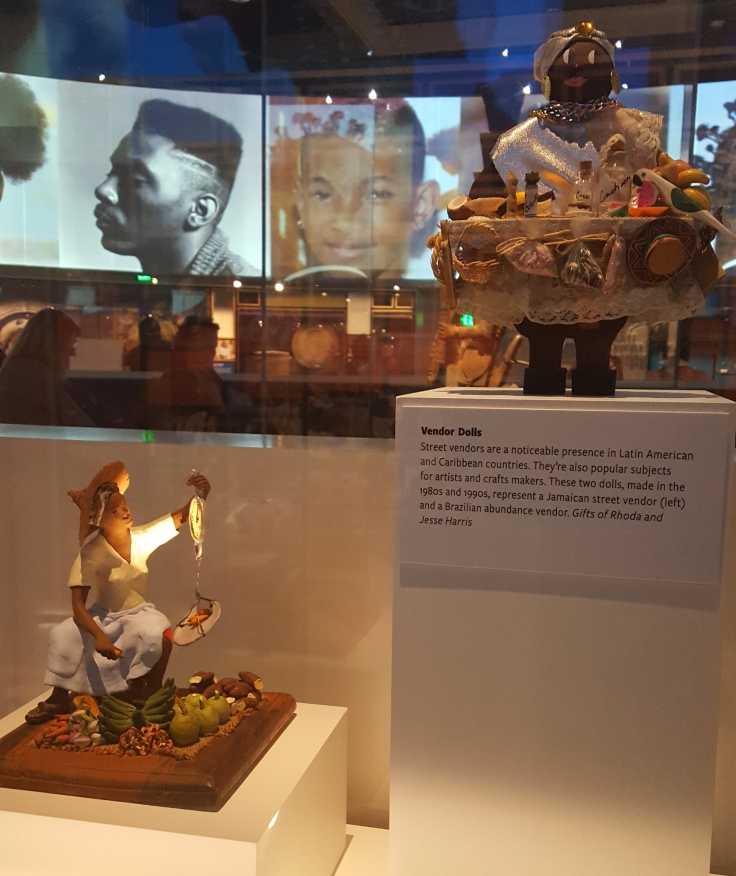There was a period in my life during which I felt envious of people I knew from other (mostly “minority”) cultures. I would speak to my friends or associates who were Latino or Asian or Caribbean or whatever, and I would hear about what seemed like rich traditions and culture and I was jealous. At the time, I felt as though African Americans didn’t have that. How wrong I was. The issue is not that we as a people are cultureless. The issue is that white supremacy mixed with anti-blackness is engrained in almost all aspects of this society. This causes the myriad of diverse contributions and livelihood of African Americans to either go unnoticed or to not receive the adequate recognition it deserves. It’s close to impossible for anyone of any background raised in this country to not grow up harboring some form of anti-blackness. It’s something that you must actively unlearn.
“God created black people and black people created style.” – George C. Wolfe
I’m proud to say that now I know and feel that not only do we have a culture, but it’s also super litty. I am so proud to be black and to be an African American. I now recognize, adore, and am fiercely protective of African American culture. This is why the Cultural Expressions exhibit in the Culture Galleries of the Smithsonian National Museum of African American History and Culture (NMAAHC) is my second favorite part of the museum (visit my post on my first favorite part here).

This exhibit is such an accurate depiction of our culture. I just love it! There’s a section that discusses movement through gesture and social dance. “Many African Americans stand, walk, dance and communicate in gestures that set them apart” – NMAAHC. A few examples presented are gestures of defiance and protest (black power fist), gestures of acknowledgement (dapping someone up or head nods) and gestures of dismissal (silent expressions). While the stereotypical “neck roll” is not specifically mentioned, this is a cultural form of expression and nothing to be ashamed of!

In case you did not know, most African-Americans are at least bilingual. We speak American English and African American Vernacular of English (AAVE). AAVE originates from enslaved blacks combining English with African vocabularies and ways of talking. We have always understood the power of words which is why we created our own language. To this day, we are consistently creating new terms and expressions. Many of us have mastered both languages and depending on whom we are speaking with, we know which one to use (this is called code-switching).

This exhibit dives into cuisine, hair, style of dress, colorism, and so much more. An area of particular interest for me are the sections on the African Diaspora. While there are differences between us, our “shared origins and freedom struggles have also fostered similarities in [our] cultural expressions” – NMAAHC. There’s foodways in Brazil and Jamaica, arts in Barbados, social dance in Cuba, the style in the French Caribbean and various other places. Exploring the cultures throughout the Diaspora and the ways in which we differentiate and intersect is seriously what I live for.


Overall, this exhibit provides a plethora of examples of the ways in which we as a people express our culture. I’m glad that it’s represented in a museum for people of all walks of life to see. Particularly for any African Americans who feel or have felt as I did in the past. I will be glad to see the ways in which the museum grows and changes. Have you been to NMAAHC? If so, what was your favorite part? Let me know in the comments!




Leave a comment